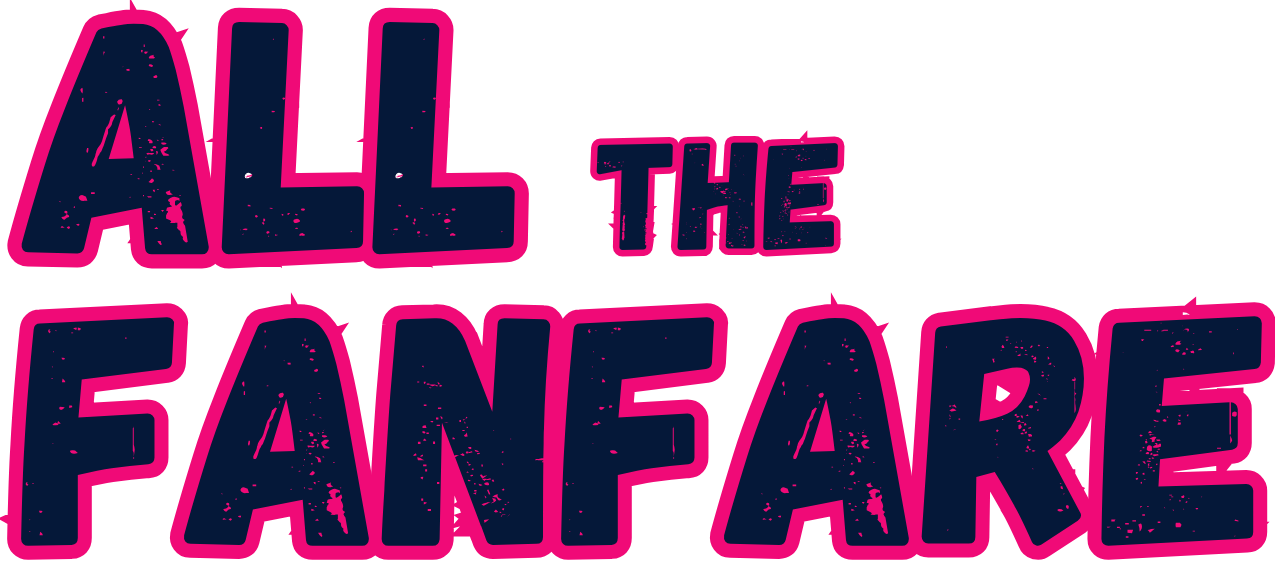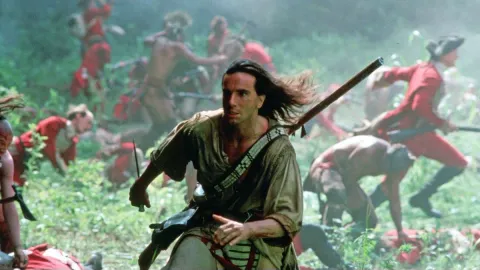It would be fair to accuse me of seeing Star Wars in everything. As Nietzsche once said, "When you gaze into the abyss, Emperor Palpatine gazes also into you."1 I believe that's a metaphor about how Palpatine somehow returns despite all odds. He's the Spanish Inquisition of villains.
However, in this case if no other, I am not just being a Star Wars homer. The Star Wars DNA in Masters of the Universe (1987) is so blatant I have to assume George Lucas earned residuals.
That's not a problem in and of itself—he says, nervously, knowing how much he's gone back to this particular moisture vaporator. Star Wars cast such a wide and long shadow in the 80s, it was nearly impossible not to reference it, even if unconsciously. The studios were also keen to somehow run it back—as though creating a billion dollar franchise is just an exercise in carbon copying—and thus, the more Star Warsy a project seemed, the higher the chance of getting it green-lit. Which is why the 80s are full of movies like Krull, Flash Gordon, and The Last Starfighter.
Star Wars isn't the only obvious inspiration.
Masters of the Universe is less a film than it is a quilt. You can forgive the dated effects and the clumsy storytelling—if there's one genre that knows how to make lovable cheese, it's '80s fantasies—but the helter-skelter production never synthesizes. It feels very patchwork, and it doesn't take a discerning eye to spot the stitches.
If you've ever doubted the skills of George Lucas, consider how he combined so many distinct and disparate elements—samurai films, Flash Gordon, westerns, hot rods, Dune, the work of Joseph Campbell—and created one of the most enduring classics to ever grace the screen. That takes a craftsman with generational prowess and a true storyteller's sensibilities. George didn't do it alone, but there is no Star Wars without him.2 He's the Maker C-3PO's always praising.






